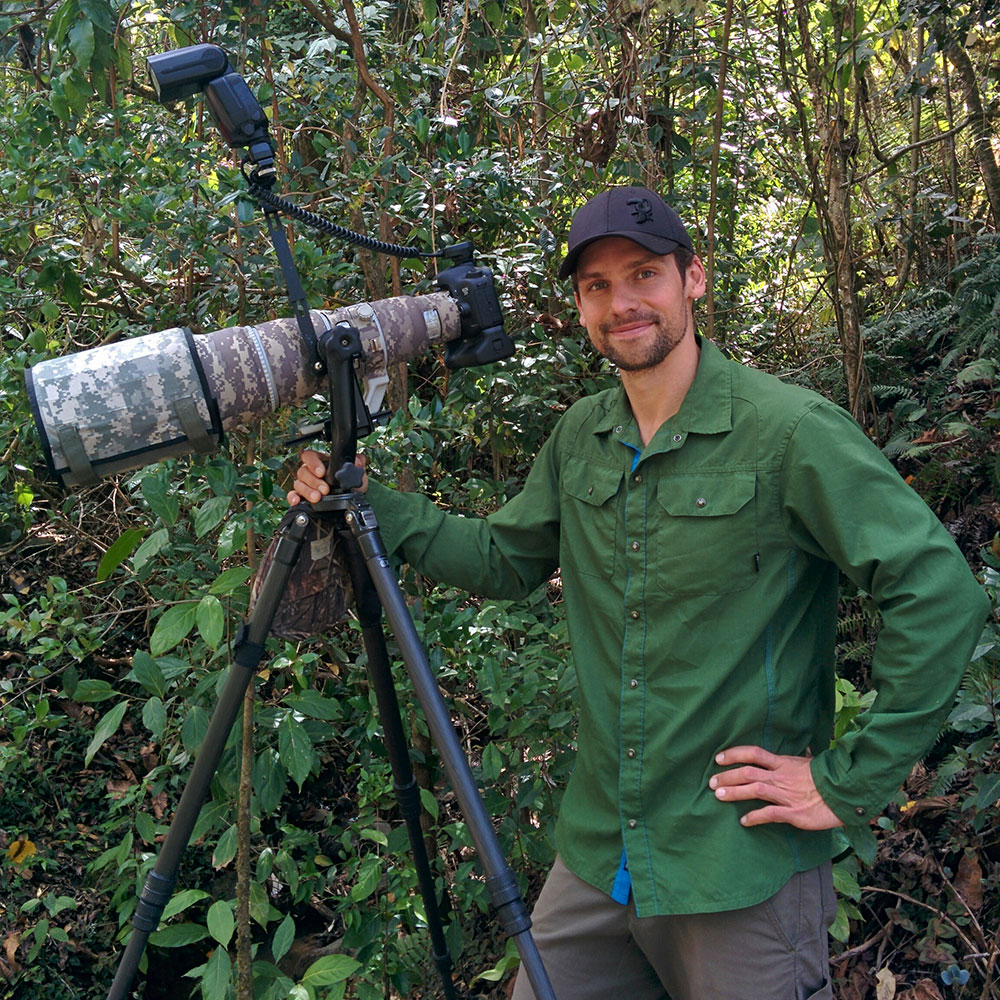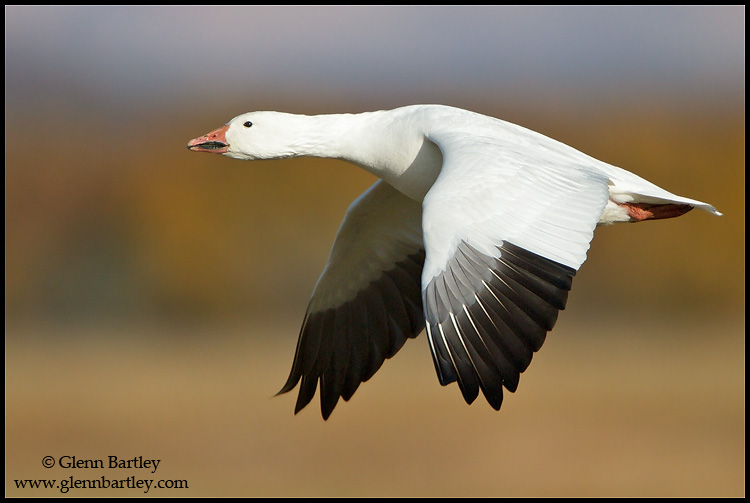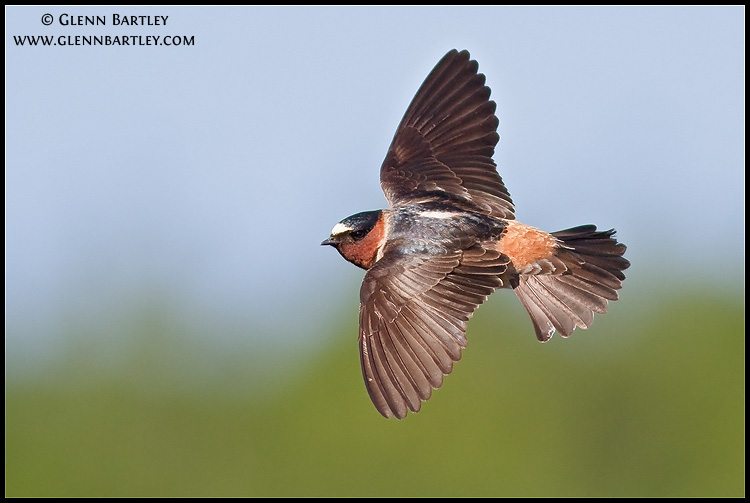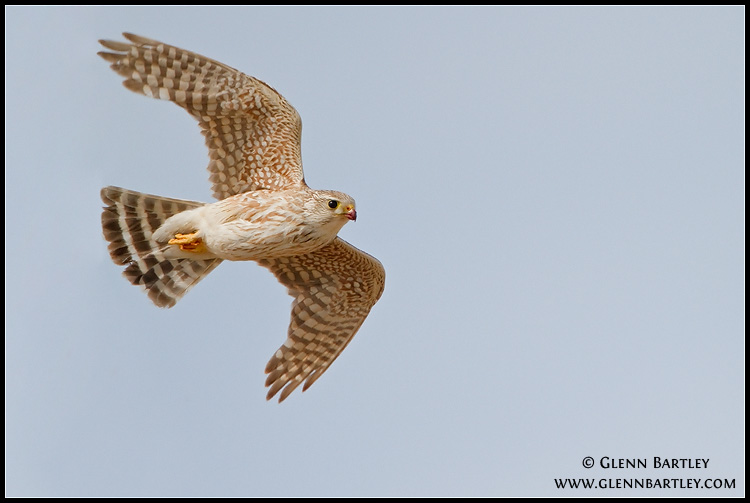Equipment Matters
I am a big proponent of the fact that you do not need top-of-the-line-cameras to create fantastic images. However, more sophisticated camera bodies often have a second computer processor dedicated to auto-focus. This translates into real-world advantages when trying to photograph birds in flight. Similarly, professional-grade lenses with large maximum apertures will focus faster than consumer-grade lenses. Sometimes equipment DOES matter.Fast Shutter Speeds
Capturing images of birds in flight requires fast shutter speeds. It is impossible to say exactly what shutter speed will be required. The faster the bird is flapping its wings, the faster the shutter speed will need to be. Make sure to adjust ISO and aperture settings so that you keep your shutter speeds up.Pre-Focus
If you are anticipating photographing a bird at a certain distance, pre-focus your lens (manually or by auto focusing in the area where you expect them to be). This will make it easier for you to initially find the bird in your viewfinder and allow your auto-focus to lock faster.Continuous AF
Whatever brand you shoot with, make sure you are using the predictive AF tracking mode (Canon calls this AI Servo). In this mode, you can lock focus on the flying bird from far away and then, by holding the shutter button down halfway, the camera will constantly keep the bird in focus as it gets closer to you.AF Sensor Selection
Depending on the brand and model of camera that you use, you will have varying options for what auto-focus points are actively being used. I recommend using the center auto-focus point with some form of peripheral auto-assist focus points.Limit the Lens
Many telephoto lenses allow the user to limit the range in which the auto-focus will search. For example, my 500mm lens has a setting for 10m to infinity. If I know that the flying bird is not going to come closer than 10m from me, I always use this setting. Doing so means that the auto-focus doesn’t have to hunt all the way back to 4m and drastically speeds up the rate at which focus is acquired.Ditch the Tripod
For perched birds, I use a tripod 99.9% of the time. But when it comes to photographing birds in flight, I highly recommend hand-holding your gear. The freedom to move freely in all directions and pan comfortably will undoubtedly result in more keepers.Study your Subject
Some birds fly in a straight line; others have undulating flight patterns. Perhaps the bird is flying in a predictable direction or towards a known location. As is the case in all types of bird photography, the more you know about your subject, the better you will fare.“Pump” the Focus
If the camera does not lock on the subject quickly, rather than simply holding down the shutter button and hoping that it finds the subject, it is much better to “pump” the shutter button until the camera locks focus. Otherwise the auto-focus will simply go back and forth between infinity and the minimum focus distance of the lens.Practice, Practice, Practice
Ultimately, being a proficient flight photographer requires good eye-to-lens coordination. This skill can only be developed from practice. Start with easy and readily available targets such as gulls and herons and then move on to more challenging subjects.If you’re looking for more tips on photographing birds, learn more here:
Photographing Puffins Along Maine’s Coastline Fort Desoto: Photographing Birds Tips for Photographing Flying Birds How to Photograph Hummingbirds Native Bird Photography Tips in Natural Environments Photographing Birds: Capturing Spoonbills and Pelicans Photographing Birds: Tips and Techniques Photographing Birds Along a Rookery Glenn Bartley is a world-renowned professional nature photographer with a particular interest in photographing exotic birds. Along with being an OPG contributor, he leads photography workshops all around the world. Learn more about Glenn here.
Glenn Bartley is a world-renowned professional nature photographer with a particular interest in photographing exotic birds. Along with being an OPG contributor, he leads photography workshops all around the world. Learn more about Glenn here.






No BBF? I couldn't photograph a flying bird without it.
I would love to see him hand hold that 500 or 600mm L Prime lens panning. "Ditch the Tripod" Not a very practical suggestion if you are using the large Prime Lenses unless you are 21 and pump iron!
Just purchased a 500 mm pf Nikon lens to partner my d850. Really fast focus which is good . Will follow your lead and put some focus assist points in to help capture birds in flight.
I find birds flying towards me the most challenging. Do you have any suggestions for straight on shooting rather than profile flight shots?
Excellent as are all of your articles and photos! Thank you for sharing!
Great article thank you.
Thanks I always learn something from your articles